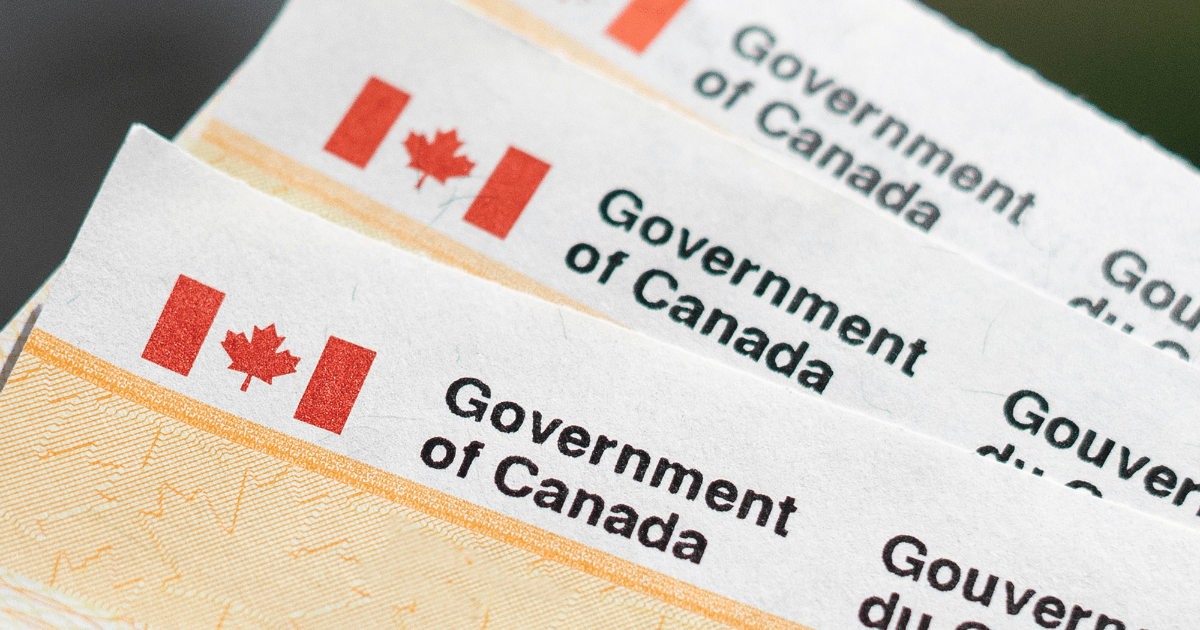Learn about the new Canada Disability Benefit (beginning July 2025) and how it's related to the existing Disability Tax Credit.
Canada Disability Benefit
The new Canada Disability Benefit Act became law on June 22, 2023, and funding was announced for it in the last federal budget. Although it is possible there may be changes between now (July 2024) and when the benefit starts in July 2025, any changes will probably be minimal.
Payments of up to $2400/year will begin in July 2025, and they will not be clawed back if you receive BC Provincial Disability Payments (PWD).
The most important aspect of this benefit is that you must have the Disability Tax Credit (DTC) certificate in order to qualify for it. More information about the DTC and how to apply for it is in the second half of this blog post.
You will need to apply for the benefit when applications become available. It will not be an automatic process like GST payments which you get as long as you file your income tax return and qualify.
For more information about this new disability benefit, see Overview of the Canada Disability Benefit - Canada.ca and Additional Information about the Disability Benefit.
Eligibility
To receive the benefit, you must:
- Be between 18-64;
- Have a valid DTC (Disability Tax Credit) certificate from Revenue Canada;
- Have filed an income tax return for the previous tax year. For example, to receive benefits for the July 2025 to June 2026 payment period, you must have filed a 2024 income tax return.
Benefit amount
The maximum annual benefit for 2025 (July 2025 to June 2026) is $2,400. The actual amount you receive depends on your income and the income of your spouse or common-law partner.
Income Maximums
The benefit will be reduced by 20 cents for every dollar of income that is above:
- $23,000 if the beneficiary is single
- $32,500 if the beneficiary is married or has a common-law partner
Working income exemption
Some employment income will be exempt from (not counted in) the calculation of income.
- If you are single the exempt amount will be $10,000.
- If you are married (or common-law partner) the exempt amount for the couple's combined employment income will be $14,000.
For example, if you are single and your income is $32,000 with $10,000 or less of employment income, your benefit will not be reduced, but if you are single and your income is $32,000 including $12,000 of employment income, your $2,400 annual benefit would be reduced by $400 (20% of the $2,000 that you are above the working income exemption). You can find more examples of benefit calculations here.
Adjusted to Inflation
The maximum benefit amount, income thresholds, and working income exemption amounts will be adjusted yearly for inflation.
The Disability Tax Credit (DTC)
You must have the DTC certificate from Revenue Canada to receive the new Canada Disability Benefit.
The DTC is a non-refundable tax credit that decreases your taxable income (This decrease was $9400 in 2023) when you file an income tax return. It also qualifies you for many other programs.
DTC Benefits
If you have the DTC certification and are higher income, it will decrease your annual taxable income, and if your income is too low to pay any income tax, you still receive numerous financial benefits.
The DTC certification provides these additional financial benefits in addition to the actual tax credit on your income tax:
- The new federal disability benefit starting in 2025 (up to $2400/year).
- Eligibility to open an RDSP (Registered Disability Savings Plan), with government bonds and grants for retirement savings up to age 50 (up to $4500/year).
- Retroactive tax refunds backdated to the date of disability (up to 10 years).
- The disability supplement for the Canada Worker’s Benefit (Canada workers benefit - Canada.ca) for low-income workers. The regular maximum amount for the Canada Worker’s Benefit is $1518, but if you have the DTC the maximum goes up to $2302.
- The Canada Caregiver Credit If you have a child that qualifies for the DTC.
- Smaller benefits like having bank fees waived for full-service bank accounts at some banks (For example, CIBC offers a monthly fee rebate for its CIBC Smart Account – a value of $6.95-$16.95 a month).
Applying for the DTC
There are two parts for the DTC application. The first part is filled out by the person applying for the tax credit (or their representative). The second part is filled out by medical professionals who can document your disability.
The forms can be done online or on paper.
For more government information about the DTC read Disability tax credit (DTC) - Canada.ca.
Sometimes an application is initially rejected, and then accepted if you appeal and provide additional information that addresses the issues highlighted in the rejection letter you received.
Revenue Canada uses different criteria to determine disability than CPP Disability or PWD, so if you receive a private, provincial, or federal disability pension it is not automatic that you will qualify for the DTC.
Getting Help Applying for the DTC
The Disability Alliance of BC helps people with the application for the DTC. They also have an online tool you can use to help in the application process.

